Since Hong Kong recorded its first coronavirus case in late January, the city has been battling to curb the spread of the SARS-like virus, which has caused two deaths and infected dozens more. Standing on the front line in this critical fight are medical staff, in particular members of the “dirty teams” who treat infected patients in isolation wards.
For many Hongkongers, the current outbreak has brought back painful memories of the deadly SARS epidemic in 2003. The disease turned Hong Kong into a ghost town, and killed nearly 300 people, including eight frontline healthcare workers.

To commemorate their service to the city, a “Fighting SARS Memorial Architectural Scene” was established in Hong Kong Park, featuring bronze statues of the medics made by artist Chu Tat-shing, along with a “Huabiao” by Van Lau and architectural designs by Yeung Yau-yan.
See also: ‘True heroes’ – Hongkongers pay tribute to medics who died in 2003 SARS epidemic
During HKFP’s visit to the memorial garden on Wednesday afternoon, the scene was tranquil with just a handful of passers-by. Among the few who stopped by to read and take photos of the sculptures was Mr Liu, a Shanghai native who has been working in Hong Kong for five years.
Liu told HKFP that he just stumbled upon the memorial site as he was taking a stroll in the park. He said he knew that a lot of medical workers in Hong Kong and on the mainland lost their lives in the battle against SARS, but he did not know the story behind each medic.
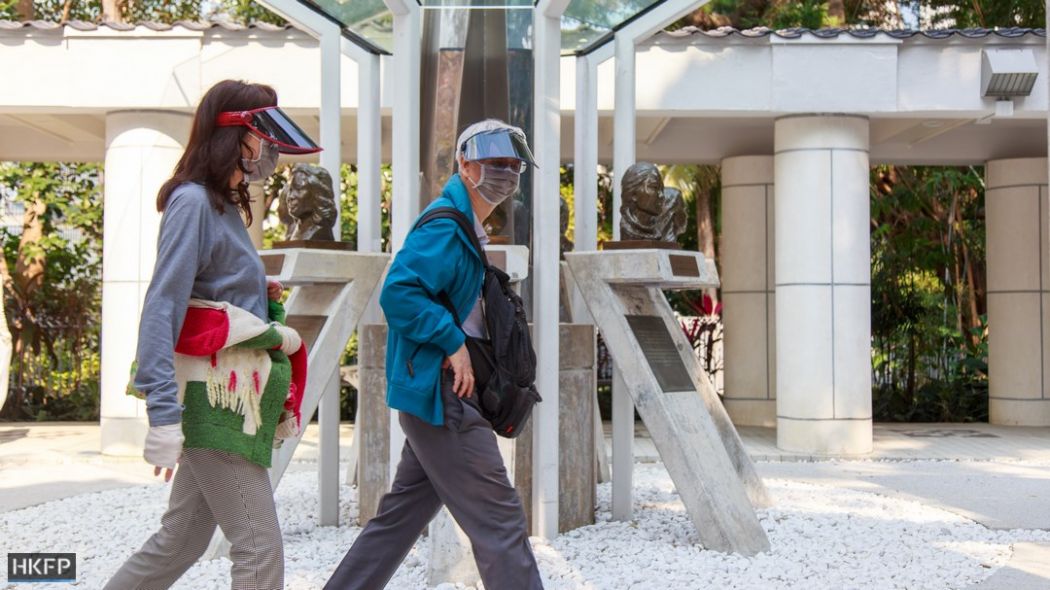
“This memorial park is a reminder to us that these medics didn’t die for nothing. They were really brave and selfless. We should always remember how they sacrificed their lives for us,” he said.
Liu believed there had been improvements in epidemic control and management, as he thought the current coronavirus outbreak was less severe and still under control, compared to the deadly pandemic of SARS.

Another visitor to the memorial park was Maria Errozarena, who was visiting Hong Kong from Argentina. The tourist stood in front of each bronze statue to read the short biography of the individual medics, whom she commended as “heroes.”
“It was a surprise to find this memorial in the park. It was very important for me to read each monument to understand what these heroes did the past,” she said.
Eight Hong Kong heroes
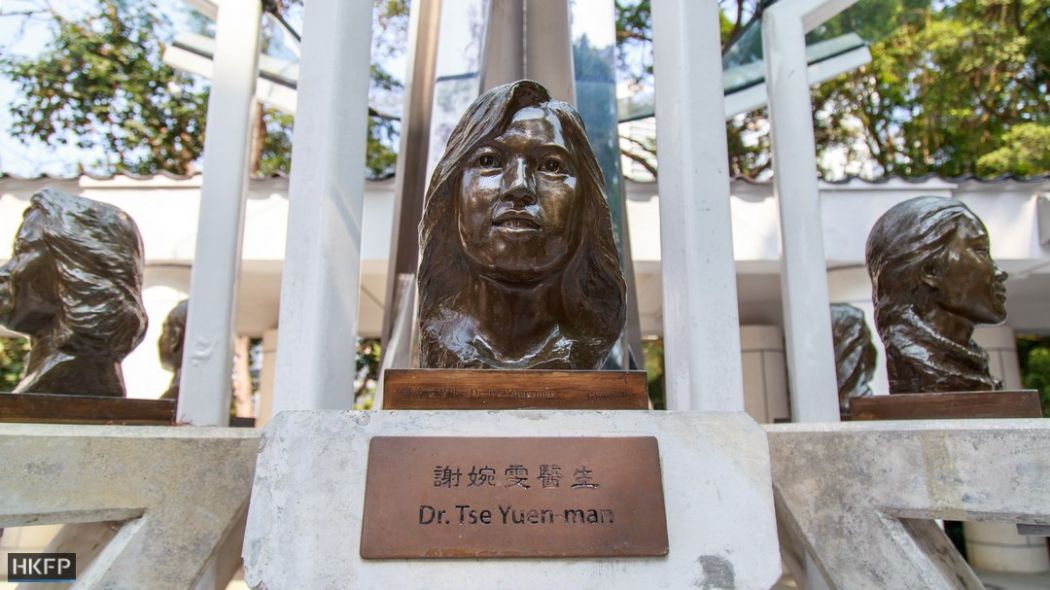
Joanna Tse Yuen-man worked as a thoracic specialist at the Tuen Mun Hospital during the SARS outbreak in 2003. During the early stage of the epidemic, Tse volunteered to take care of SARS patients. Unfortunately, she was infected and passed away on May 13, 2003 at the young age of 35. She was later hailed as the “Daughter of Hong Kong” for sacrificing her life to serve SARS patients.
See also: In Pictures: Hong Kong during the 2003 SARS epidemic
Tse was posthumously awarded the Gold Medal for Bravery by the Hong Kong government on June 30, 2003. The government praised Tse for her exceptional dedication, steadfastness and commitment in a selfless and fearless manner in treating SARS patients, knowing the enormous risks in performing those procedures.
“By voluntarily putting her own life in extreme danger in order to save others, Dr Tse displayed noble gallantry of the highest order in carrying out her last duties,” the government wrote in a statement.
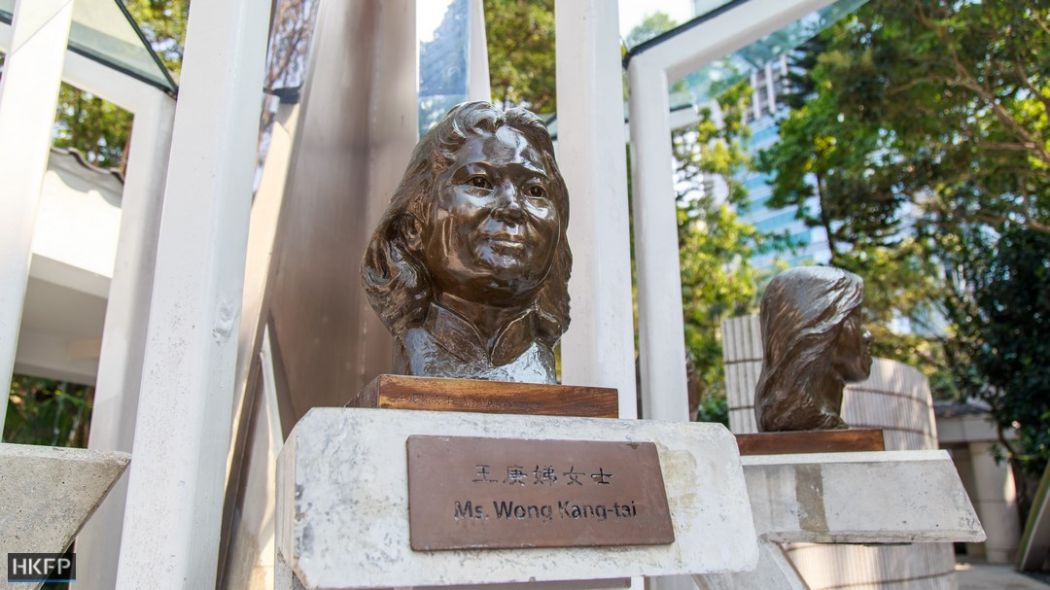
Wong Kang-tai, who worked as a ward attendant at the Prince of Wales Hospital, was among the first batch of medical staff infected with SARS at a hospital.
Her ward, 8A, was identified as the source of the epidemic, after 11 healthcare workers took sick leave simultaneously on March 10, 2003. Wong succumbed to the disease on May 21, 2003 at the age of 53 and was the first civil servant who died in service fighting SARS.
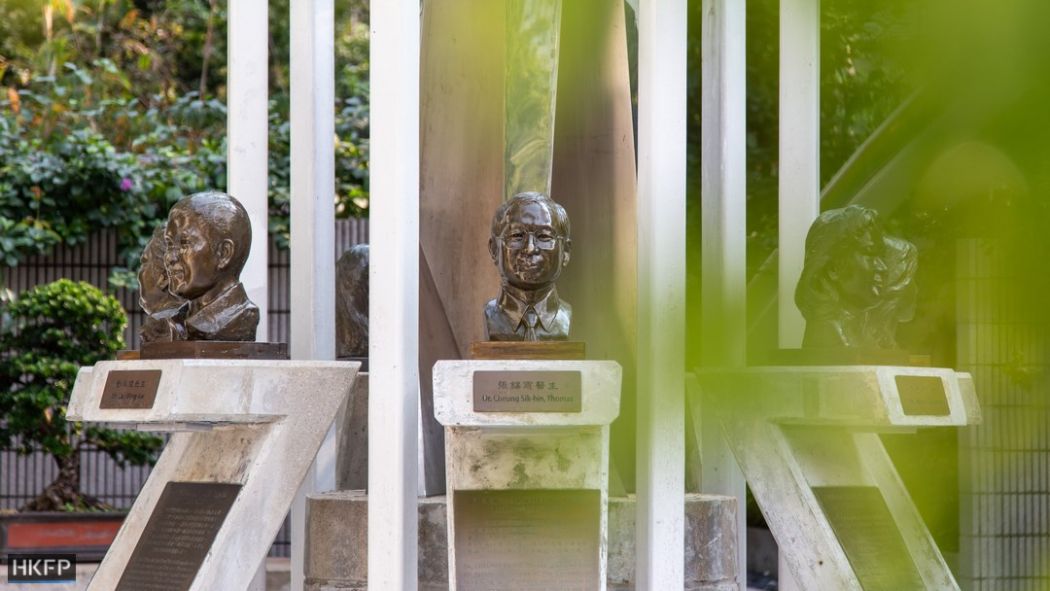
Cheung Sik-hin was a senior ear, nose and throat specialist in private practice. He also served as an Honorary Clinical Associate Professor of the Department of Surgery of the Faulty of Medicine of The University of Hong Kong (HKU). In April 2003, Cheung contracted SARS while treating a patient and passed away on May 31, 2008 at the age of 58.

Lau Wing-kai was the first medical worker who died from battling SARS in Hong Kong. He had been working as a registered nurse at the Tuen Mun Hospital, after graduating from the Hospital’s Nursing School training programme in 1997. He was infected with the deadly virus while nursing SARS patients and passed away on April 26, 2003 at the age of 38.
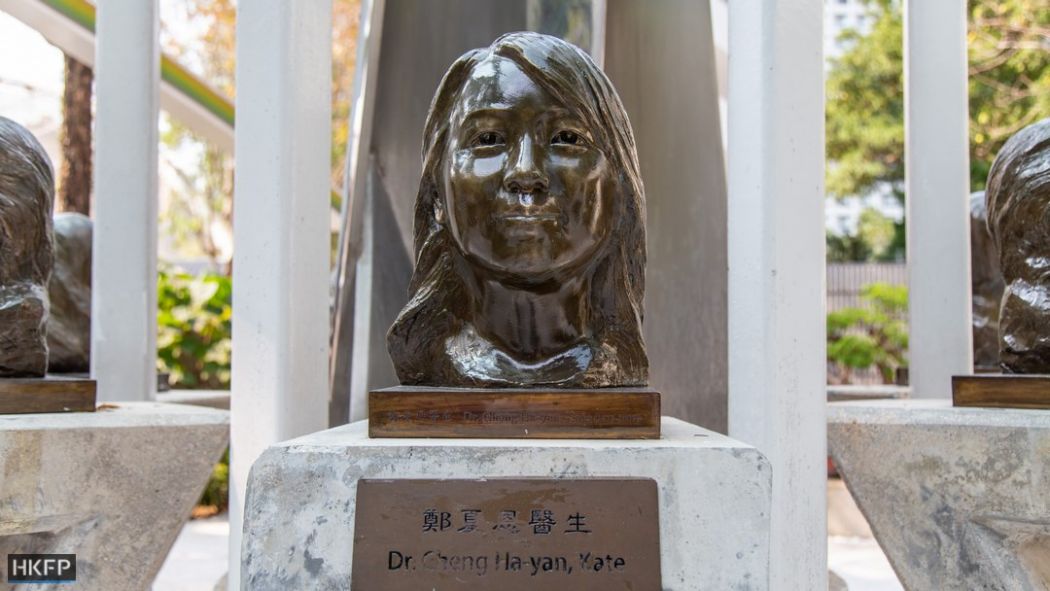
Kate Cheng Ha-yan was a medical graduate from HKU, who worked at Tai Po Hospital during the SARS outbreak. She volunteered to join the “dirty team” to look after SARS patients, but was struck down with the virus and lost her life on June 1, 2003 at the age of 30. She was the youngest among the seven medics who lost their lives during the epidemic.

Tang Heung-may joined the United Christian Hospital as a healthcare assistant in 2002. During the SARS epidemic, Tang became infected with the disease while treating patients. She died on May 15, 2003 at the age of 35.

Like Tang, Lau Kam-yung was a healthcare assistant at the United Christian Hospital. She passed away on May 27, 2003 at the age of 47.
The eighth medical worker who died of SARS is not featured in the memorial park. Paediatrics doctor in private practice Lau Tai-kwan was 56 years old when he passed away on April 3, 2003 – 12 days after being admitted to Princess Margaret Hospital.
Aside from Tse, the other five frontline public sector medics – Wong Kang-tai, Lau Wing-kai, Kate Cheng Ha-yan, Tang Heung-may and Lau Kam-yung – were all awarded the Silver Medal for Bravery, for their professional and dedicated service.
